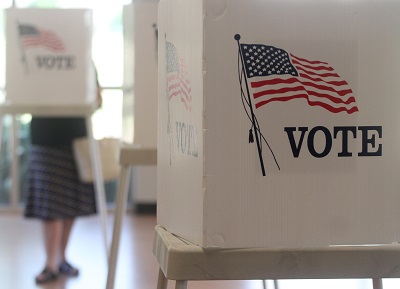Flawed Plan Would Decimate Bay Area Water Reliability
(This opinion piece ran in the San Francisco Chronicle on Aug. 28, 2018)
By Jim Wunderman
Apart from a famous Mark Twain quote involving whiskey and fighting, no cliché about California water is more abused than the phrase “water wars.” However, in the instance of the State Water Board’s plan to restore the San Joaquin River, the label fits. War has been declared on the Bay Area’s largest source of freshwater, with grave implications for residents and businesses that go way beyond letting your lawn go brown.
At issue is a proposal to increase freshwater flows on the San Joaquin River. The plan targets the San Joaquin’s three major tributaries—the Stanislaus, Merced, and Tuolumne Rivers—and would require the farms and cities that divert water from those rivers to scale back their diversions to leave more water for the environment.
The Bay Area has a big dog in this fight. The Tuolumne River is the region’s single largest source of freshwater, used by 2.7 million people in 33 cities across Alameda, San Francisco, Santa Clara, and San Mateo counties.
The San Francisco Public Utilities Commission, which manages the Bay Area’s Tuolumne River supplies, estimates the Bay Area could be required to provide as much as 52 percent of any new flows mandated by the State Water Board’s plan, even though the region only diverts about 14 percent of the river’s water. Central Valley farmers, meanwhile, divert more than three times that volume.
Under this scenario, huge portions of the Bay Area would immediately face water rationing on the order of 20-30 percent beyond the conservation rates achieved during the recent drought. Since the Bay Area’s Tuolumne River water users are already among the most frugal in California (residents use just 54 gallons per capita per day compared to the statewide average of 82 gallons), some communities would be forced to achieve water use rates unseen anywhere in the developed world. Daly City, Hayward, Millbrae, Palo Alto, Redwood City, and even San Francisco could all be forced to impose emergency moratoria on building everything from schools and parks, to hospitals and housing.
The State Water Board has dismissed these concerns with the extraordinary argument that these very hardships would force the Bay Area to invest in creating alternative water supplies. Assuming developing alternative supplies at this scale is even possible or affordable, the Water Board plan is slated to go into effect in 2022. The Bay Area could be forced to operate under severe water rationing for possibly decades.
There’s a huge irony in the state using environmentalism to push policies that will inhibit growth in some of California’s most sustainable locales while promoting sprawl elsewhere. Perhaps most troubling, the plan provides no guarantees that water left in the Tuolumne River wouldn’t merely be diverted at downstream pumps operated by Central Valley farmers and Southern California users.
Since the Gold Rush, California has awarded legal rights to about five times more water than nature delivers. It’s no surprise that water policy decisions are rife with legal conflict, and rivers that once sustained hundreds of thousands of salmon have been reduced to tepid puddles. Without some sort of grand bargain that connects conservation and new environmental water with major new investments in storage, habitat, recycling, and conveyance, piecemeal efforts like the State Water Board’s plan are likely doomed to wallow for decades in fruitless litigation. Bay Area residents and businesses should contact California Natural Resources Secretary John Laird and urge him to reject the current Bay-Delta Water Quality Control Plan.





